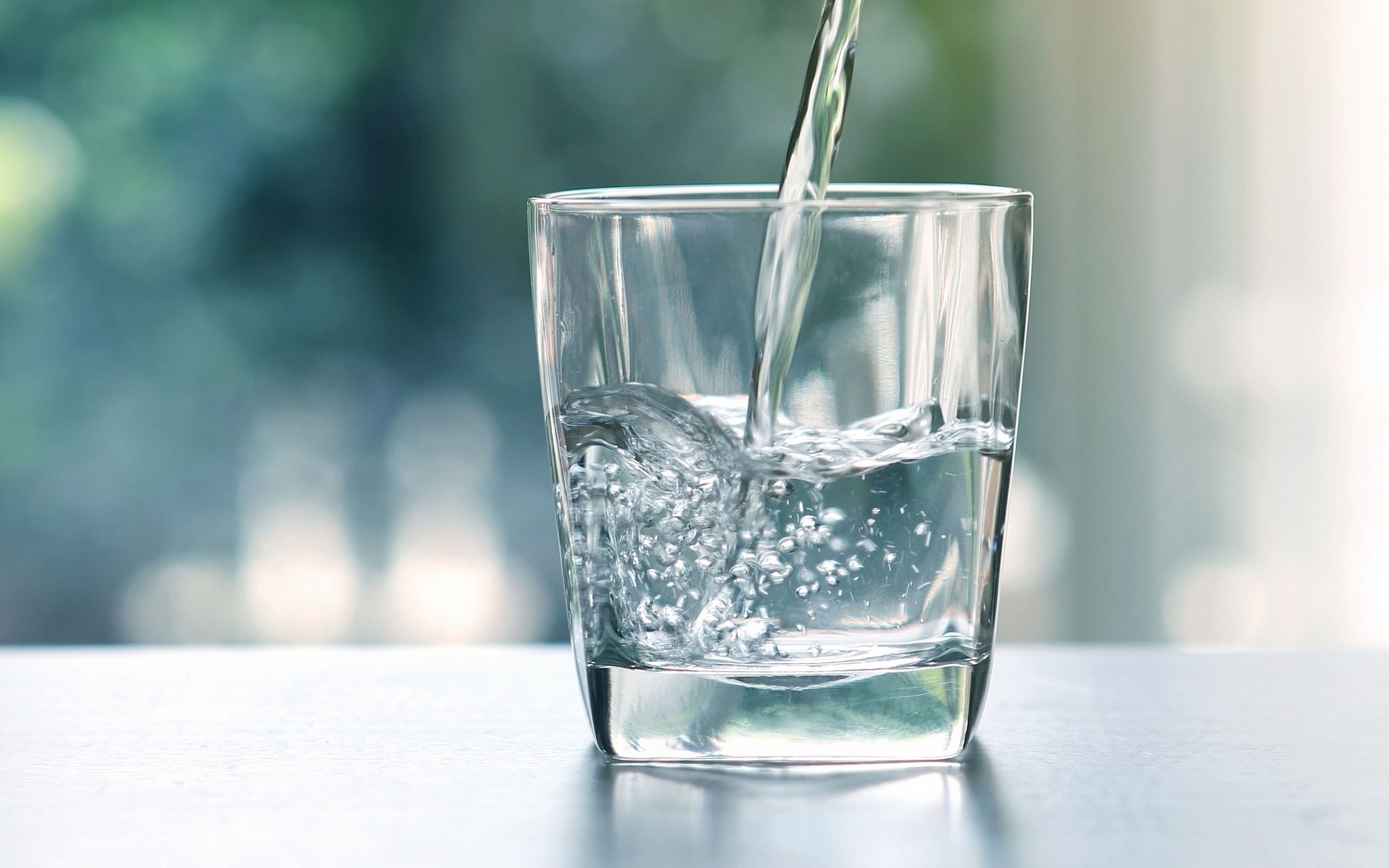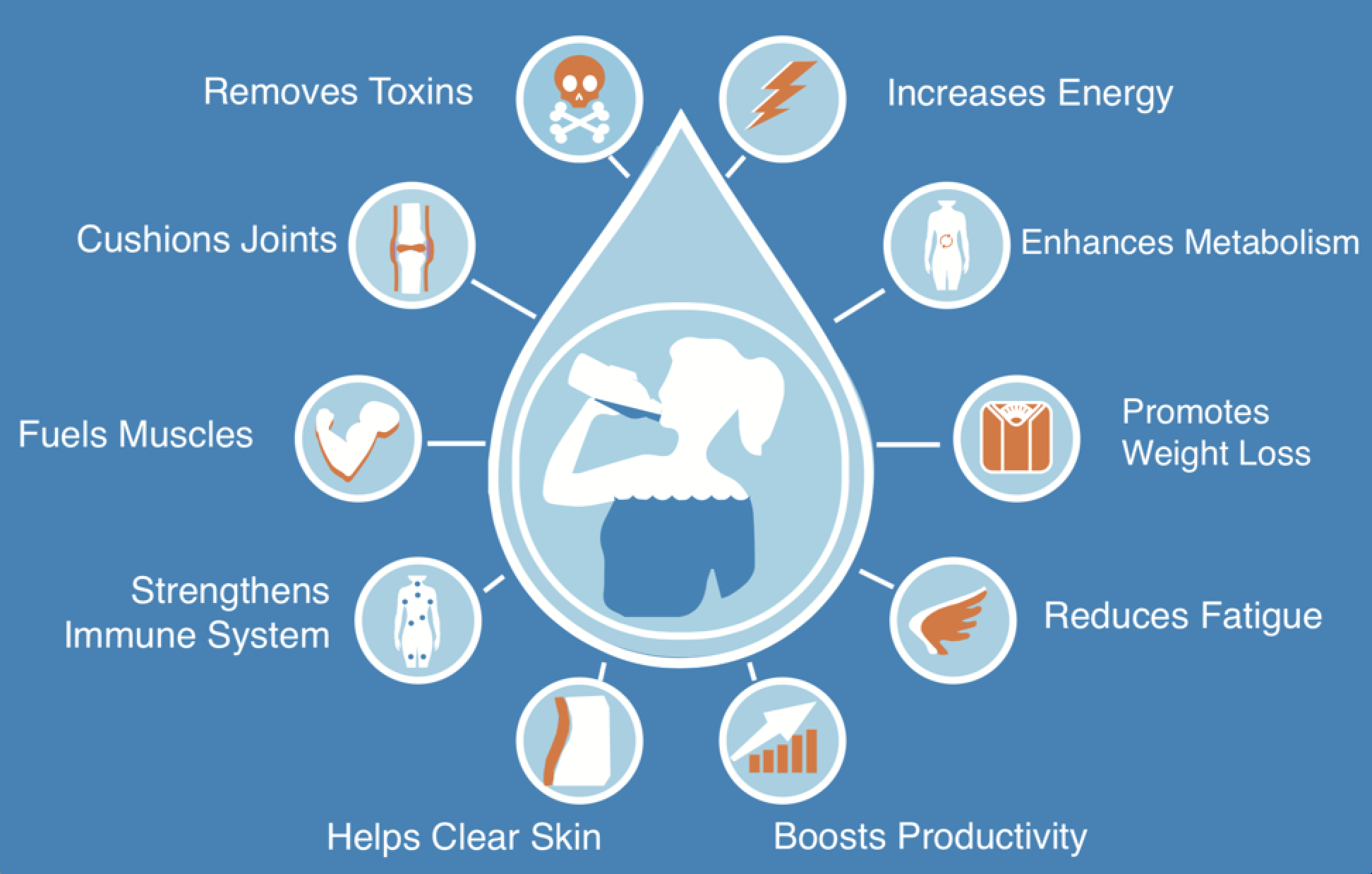Since the 1980s, there has been a shift in society's attitude to drinking water. Rather than simply turning on the tap, consumers now prefer to buy bottled, canned, carbonated or flavoured water, water with added ingredients such as vitamins, trace elements or herbal extracts, or even water with ingredients removed, such as sodium.
Drinking bottled water is in vogue, with some restaurants offering water from detached icebergs, tropical islands or mountainous regions. Water menus now sit comfortably alongside wine, whisky and cocktail menus in their description of taste , flavour, origin, history and price. Indeed, water and hydration status are increasingly recognized by consumers as being an important part of a healthy lifestyle, as well as of sports and exercise regimes. In scientific studies, drinking water has been associated with better diets and healthier behaviours. But how much water do we actually need and, in the absence of bottled water, will tap (plain) water suffice?
It is a given that water is the most abundance substance on our planet, but it is also the most abundant substance in our bodies. Water is an essential transporter: in the form of blood, it transports "good" substances around the body (e.g. hormones and nutrients) and removes "bad" substances such as toxins and waste products to the liver and kidneys for clearance.
Water is essential for helping us regulate body temperature and prevents us from overheating during exercise. It also9 helps lubricate the joints and organs such as the eyes. Around three quarters of an infants body is composed of water, a value that decreases to two thirds by the time we reach full adulthood. With our bodies so reliant on water, it makes sense that maintaining a balanced hydration level is absolutely crucial. But what is the best way to strike that balance - and do other fluids counts towards our body's hydration?
Sources of water
Over the years, many scientific groups have assessed the evidence to establish recommendations for total water intake. Typically the amount recommended per day from ALL sources - and I'll elaborate on this shortly - is around 2 litres (4 pints) for adolescent and adult females and 2.5 litres (5 pints) for adolescent and adult males. Lower values are recommended for younger ages.
However, requirements can increase with exercise, in hot environments and in certain life stages such as pregnancy and breastfeeding. In general, total body water tends to be higher if you are male, and have increased muscularity and reduced amounts of fat, so recommended intakes are factored accordingly.
All scientific recommendations point to water intake being the best way to stay hydrated, whether it is from the tap or bottle, but other beverages and liquids such as teas, coffees, milks, "soft" drinks, juices and soups contribute too. Water also counts if it comes from food. The water content of cow's milk is >90%, with fruit and vegetables >80%, and hot meals ranging from 40% for a dish like lasagne to 70% for a vegetable stew. Only strong alcoholic drinks, such as wine and spirits, and bakery products (<40% water) do not rate. The water in a weak lager or shandy will count to begin with (from the first pint or half pint), but as more alcohol is drunk, the net loss of water overtakes the amount consumed. In terms of fluid intake, it is estimated that about 20% of our daily water (fluid) intake comes from food, and so, in simple terms, the remainder to be consumed from beverages may be loosely translated as around 8-10 x 200ml glasses, or 1.6-2 liters a day (around 3 to 4 pints).
Your drink of choice
There's lots of choice in our supermarkets for satisfying the "8-10 glasses a day" guideline, with water and milk usually proposed as preferred options in terms of dental health and body-weight control. However, tea is the second most commonly consumed beverage in the world after water, while in the US the most popular hot drink is coffee. We choose our beverages based on individual preferences, taste, cost and social and cultural norms and habits; for some people, considerations also include the presence or absence of sugars, vitamins, minerals, non-nutritive ingredients and sweeteners. All beverages can help hydrate but, as with most food guidance, there are caveats. For example, while sugar-sweetened beverages will contribute to hydration status, they can have a negative impact on dental health and overall energy intakes. Diet drinks have none of the calories but contain phosphoric acid, which can, following frequent consumption and/or high intake, trigger dental erosion. Similarly, although fruit juices and smoothies can contribute to hydration while also providing vitamins and minerals, they can be acidic in nature and contain sugar, which can be harmful to dental health. Any more than 150ml (5fl oz.) of juice per day provides good amounts of some vitamins but overdoes the free sugars.
And so back to bottles water: does it make a difference if water is bottled or not, carbonated, filtered or cleansed using reverse-osmosis deionizing filters? In terms of hydration, the answer is a definite "NO!": Tap water will be just as effective. After that it is just a matter on consumer choice.


Comments
Post a Comment